The below Fig. (i) shows CE transistor circuit while Fig.(ii) shows the output characteristcs along with the d.c. load line.
(i) Cut off. The point where the load line intersects the IB = 0 curve is known ascut off. At this point, IB = 0 and only small collector current (i.e. collector leakage current ICEO) exists. At cut off, the base-emitter junction no longer remains forward biased and normal transistor action is lost. The collector-emitter voltage is nearly equal to VCC i.e. VCE (cut off) = VCC
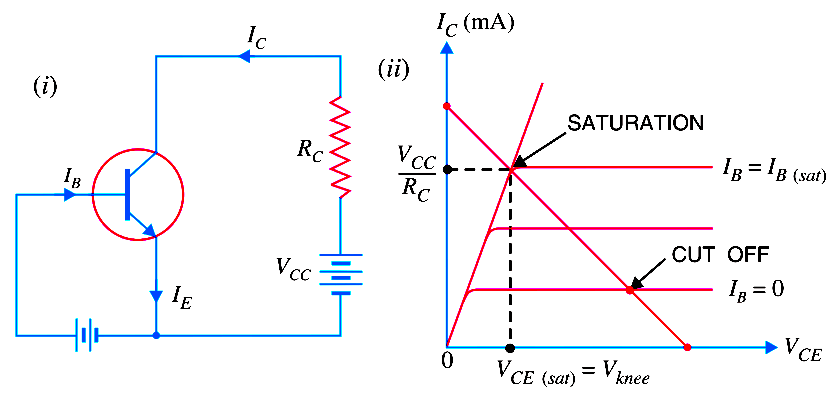
(ii) Saturation. The point where the load line intersects the IB = IB(sat) curve is called saturation. At this point, the base current is maximum and so is the collector current. At saturation, collector-base junction no longer remains reverse biased and normal transistor action is lost.

If base current is greater than IB(sat), then collector current cannot increase because collector-base junction is no longer reverse-biased.
(iii) Active region. The region between cut off and saturation is known as active region. In the active region, collector-base junction remains reverse biased while base-emitter junction remains forward biased. Consequently, the transistor will function normally in this region.
Note. We provide biasing to the transistor to ensure that it operates in the active region. The reader may find the detailed discussion on transistor biasing in the next chapter.

Summary. A transistor has two pn junctions i.e., it is like two diodes. The junction between base and emitter may be called emitter diode. The junction between base and collector may be called collector diode. We have seen above that transistor can act in one of the three states : cut-off, saturated and active.The state of a transistor is entirely determined by the states of the emitter diode and collector diode [See Above Fig]. The relations between the diode states and the transistor states are :
CUT-OFF : Emitter diode and collector diode are OFF.
ACTIVE : Emitter diode is ON and collector diode is OFF.
SATURATED : Emitter diode and collector diode are ON.
In the active state, collector current [See Below Fig (i)] is β times the base current (i.e. IC = IB). If the transistor is cut-off, there is no base current, so there is no collector or emitter current. That is collector emitter pathway is open [See Below Fig.]
(ii)]. In saturation, the collector and emitter are, in effect, shorted together. That is the transistor behaves as though a switch has been closed between the collector and emitter [See Below Fig. (iii)].

Note. When the transistor is in the active state, IC = IB. Therefore, a transistor acts as an amplifier when operating in the active state. Amplification means linear amplification. In fact, small signal amplifiers are the most common linear devices.
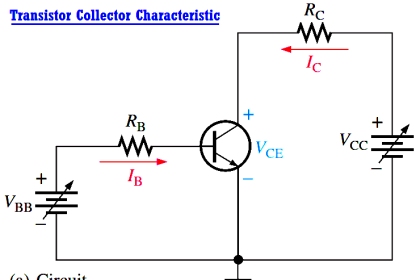
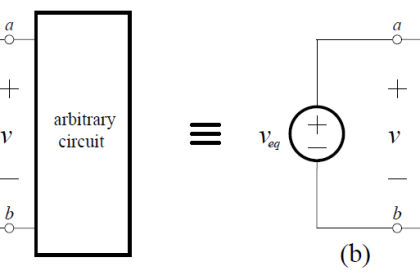
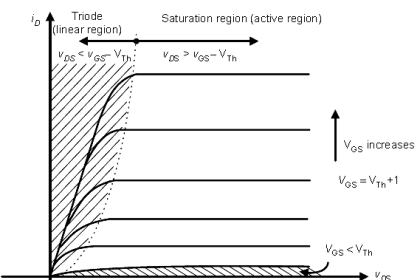
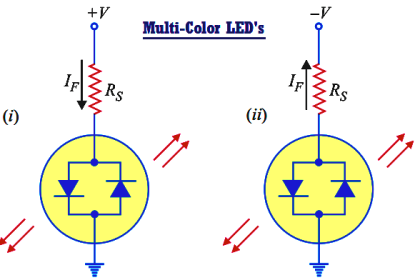
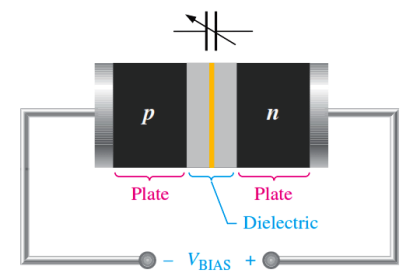
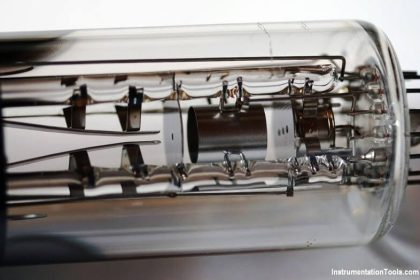
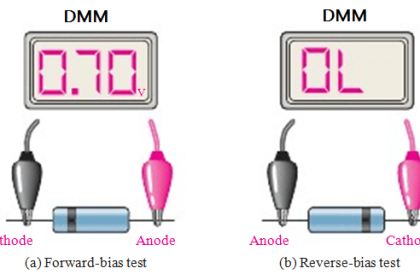
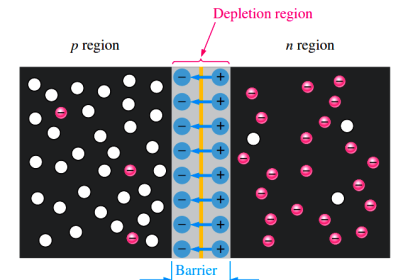
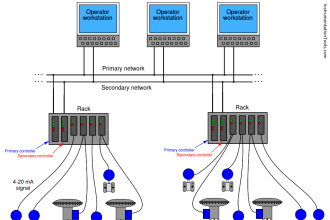
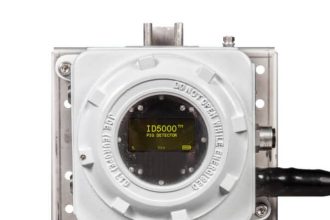

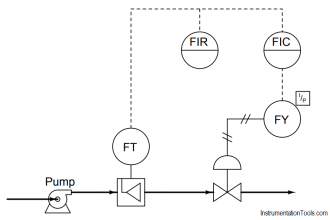
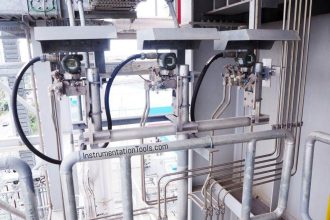
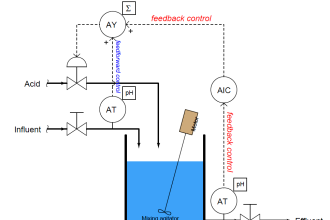



A small correction, in the note point at last. In the active region Ic=Beta times Ib. Please rectify this.
Was curious about that.
Thanks for the clarification.